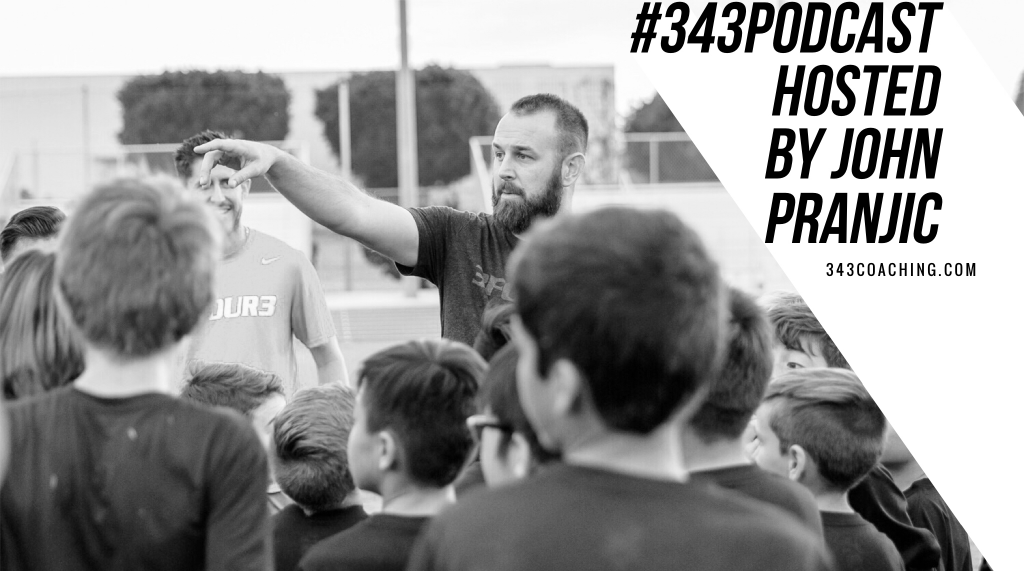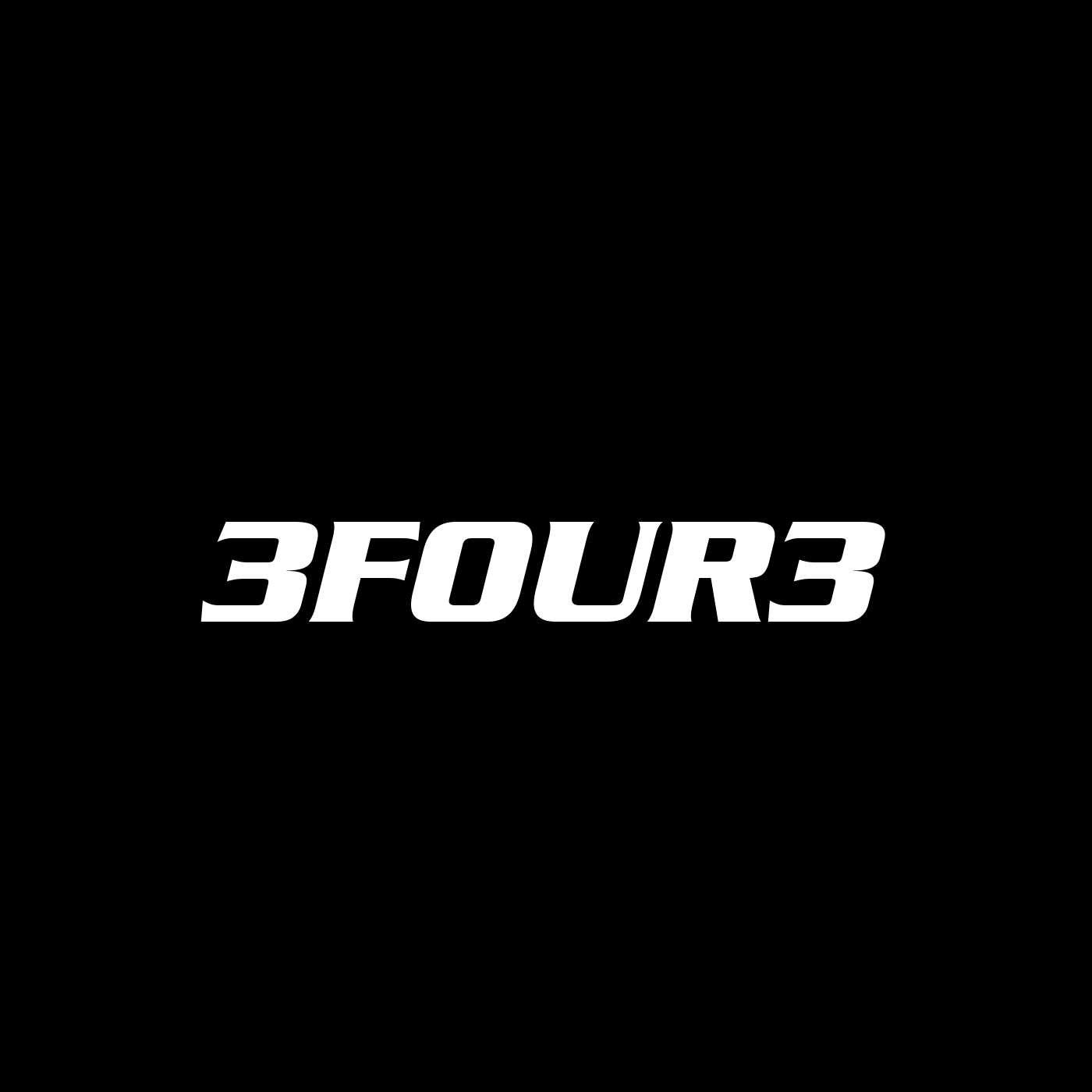

In this week’s episode, Gary and John continue covering the topic of early talent identification.
This is part 2 of this series. You can find part 1 here.
In this round, we tackle additional important topics, such as:
- How to calibrate yourself to see and read the game differently.
- Why you need to develop pattern recognition and pattern matching.
- The difference between exerting energy on basics versus advanced actions.
These are the sorts of things we should be looking for, and subsequently talking about when it comes to players in American soccer.
These are the sorts of things that are going to drive our nation forward.
These are the sorts of conversations that I get excited about, and I hope you do, too.
As always, let us know if you have any questions about anything we discuss. Your questions are always welcomed.
Never miss new episodes:
- Subscribe to 3four3 FM on iTunes
- Subscribe to 3four3 FM on Stitcher
- Subscribe to 3four3 FM on Spotify
Coaching Education Program
This is brought to you by the 3four3 coaching education program.
Learn more and join over 400 coaches using our proven possession-based methodology.
American filters are for sure set on picking up brute force work rate with zero recognition of the patterns of what comes next.
Here’s how I like to adjust that filter for folks. I might be sitting next to a parent on a sideline who is in awe of how much work a kid is doing. I say, “Yeh, but 70% of his work is to clean up his own bad passes. Watch #3. Almost always after he touches the ball, he puts the team in a better spot than they were before, be it setting up a legit attack or dissipating danger or both. Makes it look easy.”
Sometimes, they respond, “That kid? He’s lazy. Hardly ever runs. I don’t know why the coach puts him in.”
I say, “He doesn’t need to run, he knows where to be and doesn’t make a lot of mistakes that he has to recover from. The coach puts him in because good things follow after he touches the ball.”
Then I see out of the corner of eye as they turn their head back and forth to watch both players and after a few minutes, there’s a bit of a nod in agreement. They had never noticed because their bias was ‘lazy kid’. Anything good was a fluke and anything bad confirmed the bias.
The sad thing is how many coaches play into that. I think many know better, but they get less flak from parents for losing with the brute force players than from losing with the ‘lazy’ players, that they don’t fight it.
I had another thought on this…I think you all may have touched on it, too.
It seems like there’s a tacit expectation in the U.S. that the brute force style will eventually prove to be the right approach and lead to world domination, it’s just a matter of time. It’s just that we haven’t quite got the best brute force players, yet.